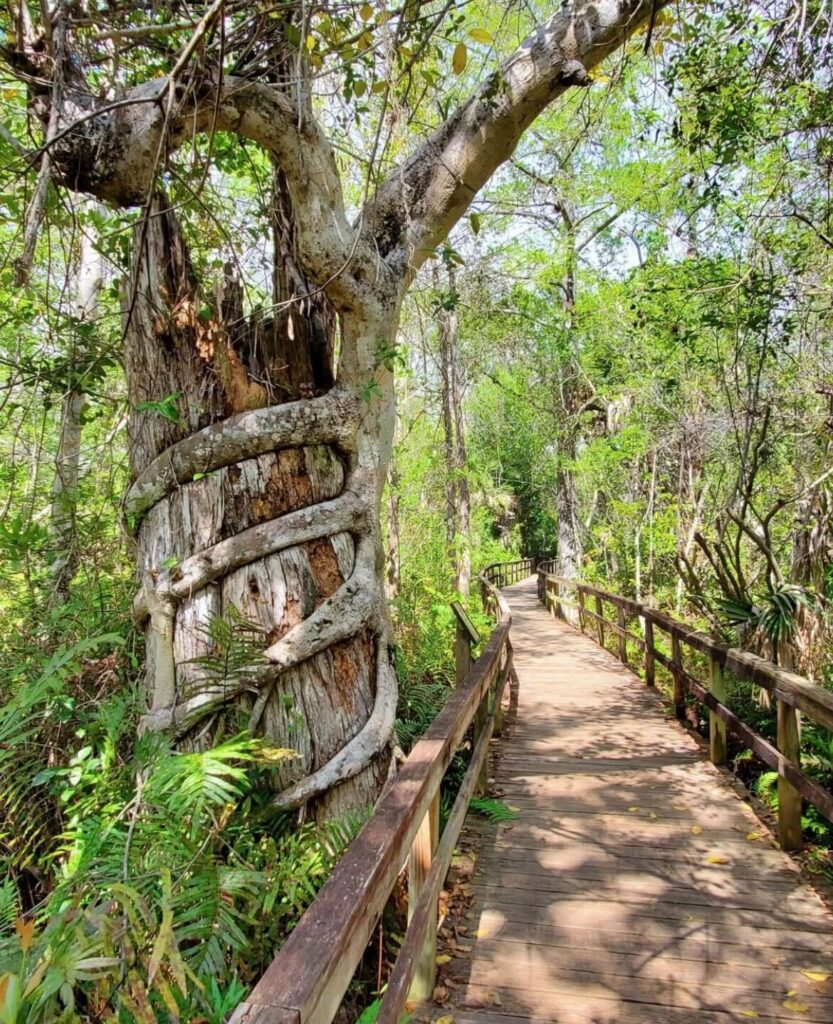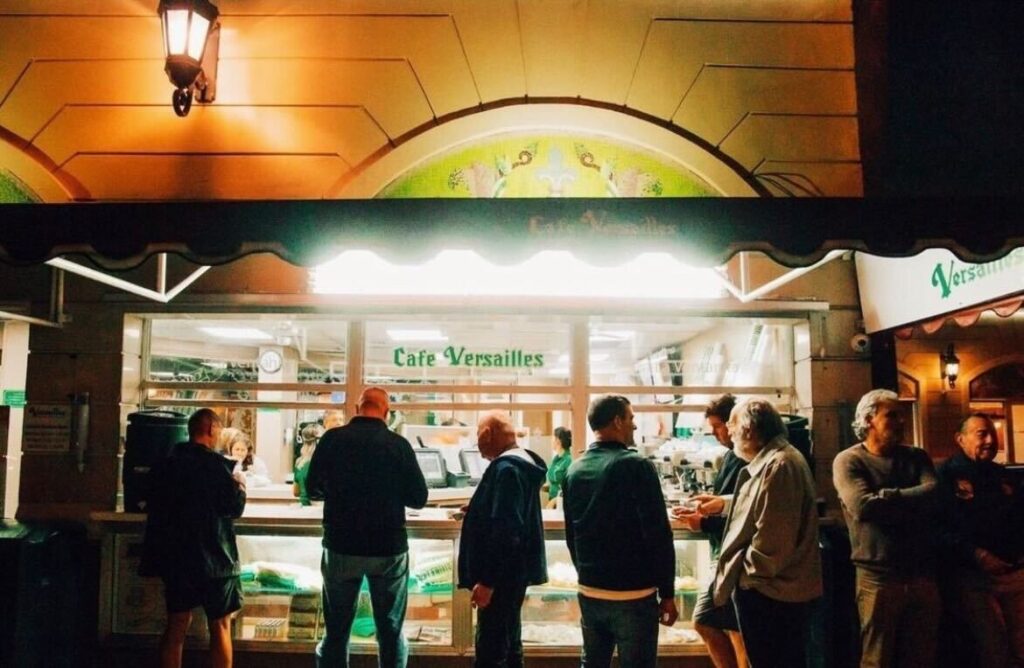Weekend in the Florida Wildlife Corridor: Miami Edition
Looking for a nearby weekend adventure from Miami? We’ve got all the tips and tricks on how to Live Wildly with just 48 hours to spare!

The Magic City is closer to the Florida Wildlife Corridor’s more than 18 million acres than you may think. There are countless ways to experience the action while keeping you close to the electric Miami scene – and to those pesky Monday responsibilities!
Let’s dive in!
Live Wildly Tip: Packing Ahead = Wild Success!
- Lunch, water & snacks (there aren’t many places to stop on your first leg!)
- Hiking boots or tennis shoes you don’t mind getting dirty
- Bug spray
- Sunglasses
- Hat
- Sunscreen
- Change of clothes
- Swimsuit and towel
- Downloaded or physical map in case you lose cell service!
Saturday: Big Cypress National Preserve and Fakahatchee Strand Preserve State Park
For your starting point on this weekend excursion, head to Big Cypress National Preserve. Located about 75 miles west of Miami, the freshwater swamp ecosystem boasts a near-perfect environment for the elusive Florida panther. Just remember to plan ahead: we’ve got another destination in mind for the afternoon, so you better head out the door early since we all know how unpredictable Miami traffic can be!
Once you arrive, take to the water for a memorable paddling adventure.
Live Wildly Tip: The best season for canoeing and kayaking is from November through March, when temperatures and bugs are a bit more tolerable.
The shortest of the four paddling trails are two easy-to-moderate routes that should take you just a few hours. You’ll be able take in Florida’s cypress and mangrove trees, and possibly some alligators – from a safe distance, of course!
After a quick break to refuel (Live Wildly Tip: Pack your lunch for this one!) hop down the road and spend the afternoon at the adjacent Fakahatchee Strand Preserve State Park, the largest state park in Florida and home to a variety of plant and animal species that can be found nowhere else in the continental U.S.

Now that you’ve spent some time on the water, it’s time to get your land legs back in working order with the 2,000-foot-long boardwalk at Big Cypress Bend. This short path takes visitors through old growth cypress along the swamp, ending with an alligator pond and observation deck.
This introduction to the park sets up the rest of your afternoon. Make sure to check out the two most popular hiking trails: the East and West Main tram. The West trail winds its way through two miles of swampland, while the East trail extends a lengthy 10 miles.
While you’re strolling along, don’t forget to keep an eye out for the park’s abundant wildlife. From black bears to bobcats to hawks and owls, this park is full of diversity. If you didn’t happen upon a Florida panther during your morning adventure, you still have a chance to catch one — or (perhaps, thankfully) just its tracks — here, along with the Everglades mink.


Once you’re done exploring, it’s time to head back to Miami for dinner. You don’t need us to recommend Versailles Restaurant Cuban Cuisine in Little Havana–you already know it’s a Cuban staple. It’s a bit out of the way, but trust us, you’ll want a satisfying meal to reward yourself after an active day and re-fuel for the adventures ahead.
Live Wildly Tip: We recommend the famous Cuban sandwich, plantain soup or pan con lechon for your wildest hungers!
Make sure you rest up — we’ve got one more day of exploration ahead!
Sunday: Jonathan Dickinson State Park
Rise and shine! It’s time for the second day of our trip.
Located 95 miles north of Miami, Jonathan Dickinson State Park offers no lack of diverse activities for the whole family to enjoy: From exploring coastal sand hills, upland lakes and scrub forests to uncovering the mysteries of a secret World War II training camp and the shipwrecked merchant who is the park’s namesake.
At the Elsa Kimbell Environmental Education and Research Center, history buffs will enjoy learning all about Jonathan Dickinson, the Quaker merchant whose vessel shipwrecked nearby in 1696, and Camp Murphy, the top-secret radar training school that housed thousands of men during World War II. There’s also Trapper Nelson, a man who lived off the land in the 1930s by trapping and selling furs.
Once you’ve gotten a history lesson, it’s time to pick your poison for adventure: two wheels or four legs. Rent a bike from the park’s concessionaire and take a ride through the 8.7-mile Ocean to Lake or the 8-mile Eagles View multi-use trails. Or, if you’d like to spend the day in a different saddle, guided horseback rides are available seasonally seven days a week on scenic backcountry roads that are perfect for both beginners and experienced riders.

Wrap up your day with a stop at the Hobe Mountain Observation Tower for impressive views of the park, Intracoastal Waterway and Atlantic Ocean. The “mountain” is actually an ancient sand dune and is the highest natural point in South Florida at 86 feet above sea level. Talk about some epic views!
Live Wildly Tip: Time your trip accordingly to take in an awesome sunset – Nothing concludes a weekend trip better!
After that, it’s time to head back to Miami to catch some well-deserved Zzzs – and to start dreaming up your next corridor adventure.

